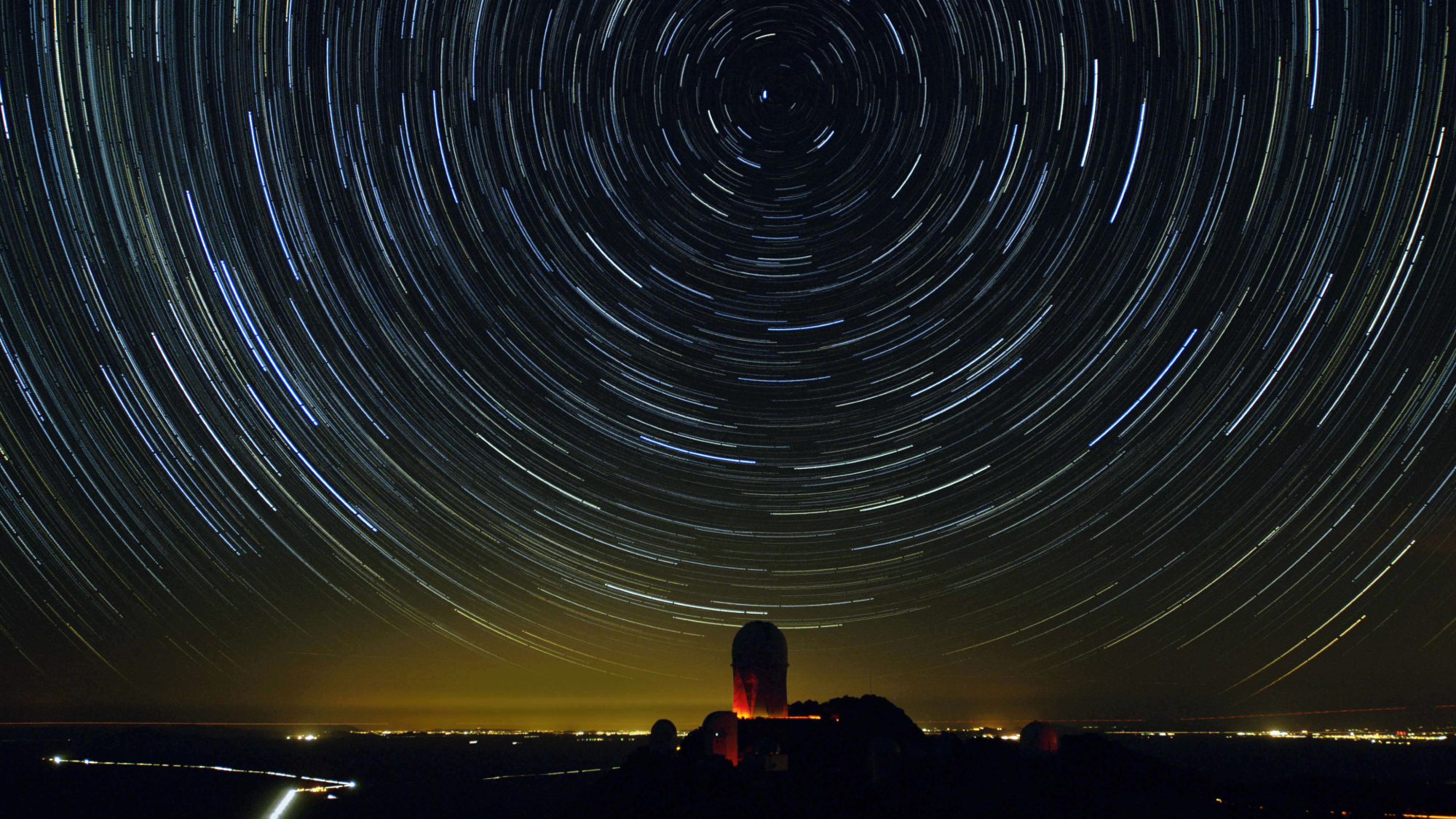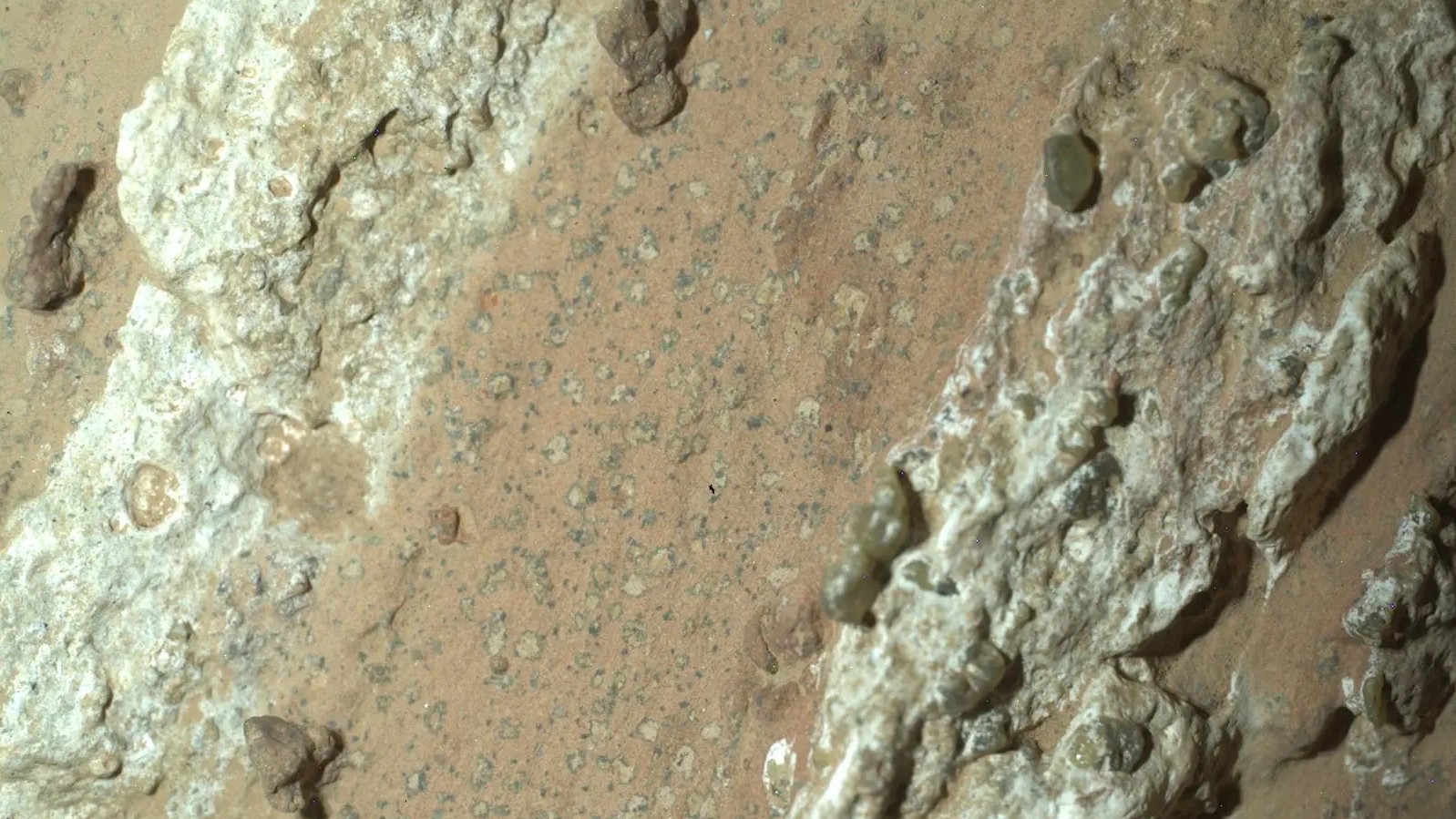Dark energy may not doom the universe, data suggests
The dark energy pushing the universe apart appears to be weakening


What happened
Scientists with the Dark Energy Spectroscopic Instrument (DESI), an international research collaboration, presented new evidence Wednesday that bolstered its recent finding that dark energy is not inexorably pushing the universe apart at a constant rate of acceleration but rather ebbs and flows and appears to be weakening. If borne out, that would upend the 27-year-old standard explanation of the mysterious force that appears to dominate the universe.
Who said what
Discovering the nature of dark energy may seem an academic exercise for cosmologists, but "nothing short of the fate of the universe hangs in the balance," The Associated Press said. If the standard model of constant acceleration is correct, the universe would eventually get "ripped apart across every scale, from galaxy clusters down to atomic nuclei," The New York Times said. But if DESI is right about dark energy evolving, the "expansion could wane, eventually leaving the universe stable," or the cosmos might "reverse course, eventually doomed to a collapse that astronomers refer to as the Big Crunch."
Is the "possibility that everything comes to an end" a "good or bad thing?" said DESI member Mustapha Ishak-Boushaki at the University of Texas at Dallas. "I don't know." The DESI observations "may be cosmically consequential," The Washington Post said, but for "planning purposes," the "timescale here is many billions or trillions of years."
The Week
Escape your echo chamber. Get the facts behind the news, plus analysis from multiple perspectives.

Sign up for The Week's Free Newsletters
From our morning news briefing to a weekly Good News Newsletter, get the best of The Week delivered directly to your inbox.
From our morning news briefing to a weekly Good News Newsletter, get the best of The Week delivered directly to your inbox.
What next?
DESI's original findings last year were based on mapping the movements of 6 million galaxies and quasars, and its new data ups that to nearly 15 million. The group "aims to map around 50 million galaxies and quasars by the end of its survey in 2026," the AP said, which could boost confidence in their results — or weaken it.
A free daily email with the biggest news stories of the day – and the best features from TheWeek.com
Peter has worked as a news and culture writer and editor at The Week since the site's launch in 2008. He covers politics, world affairs, religion and cultural currents. His journalism career began as a copy editor at a financial newswire and has included editorial positions at The New York Times Magazine, Facts on File, and Oregon State University.
-
 The best homes of the year
The best homes of the yearFeature Featuring a former helicopter engine repair workshop in Washington, D.C. and high-rise living in San Francisco
-
 Critics’ choice: The year’s top 10 movies
Critics’ choice: The year’s top 10 moviesFeature ‘One Battle After Another’ and ‘It Was Just an Accident’ stand out
-
 The small Caribbean island courting crypto billions
The small Caribbean island courting crypto billionsUnder the Radar Crypto mogul Olivier Janssens plans to create a libertarian utopia on Nevis
-
 Blue Origin launches Mars probes in NASA debut
Blue Origin launches Mars probes in NASA debutSpeed Read The New Glenn rocket is carrying small twin spacecraft toward Mars as part of NASA’s Escapade mission
-
 ‘The Big Crunch’: why science is divided over the future of the universe
‘The Big Crunch’: why science is divided over the future of the universeThe Explainer New study upends the prevailing theory about dark matter and says it is weakening
-
 Dinosaurs were thriving before asteroid, study finds
Dinosaurs were thriving before asteroid, study findsSpeed Read The dinosaurs would not have gone extinct if not for the asteroid
-
 The moon is rusting
The moon is rustingUnder the radar The Earth is likely to blame
-
 Panspermia: the theory that life was sent to Earth by aliens
Panspermia: the theory that life was sent to Earth by aliensUnder The Radar New findings have resurfaced an old, controversial idea
-
 Africa could become the next frontier for space programs
Africa could become the next frontier for space programsThe Explainer China and the US are both working on space applications for Africa
-
 NASA reveals ‘clearest sign of life’ on Mars yet
NASA reveals ‘clearest sign of life’ on Mars yetSpeed Read The evidence came in the form of a rock sample collected on the planet
-
 SpaceX breaks Starship losing streak in 10th test
SpaceX breaks Starship losing streak in 10th testspeed read The Starship rocket's test flight was largely successful, deploying eight dummy satellites during its hour in space
